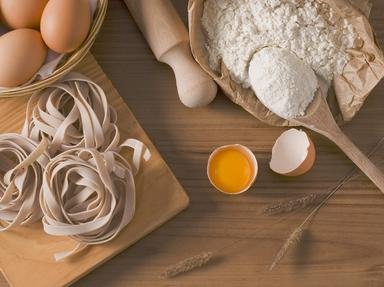Quiz Answer Key and Fun Facts
1. It's not the jellyspoon from the title... what is different about a grapefruit spoon?
2. How about ladles? While in the kitchen they're used for serving, where else might one use a ladle to do one's job?
3. Meaning "half moon", this knife looks exactly like that. Used to slice quickly with two hands, what utensil is being described here?
4. Back and forth, back and forth, my hand whirrs repeatedly until the carrot I have is entirely sliced. What is this musical-sounding utensil which allows me to very thin strips?
5. Remember using a ladle to serve soup? Well, how do you spell the vessel that is used as a serving dish for the soup at the table, one that may remind you of a city in Italy where Juventus FC call home?
6. A 'santoku bocho' is a kind of blade that many chefs favour in order to slice and dice vegetables. What type of blade is it?
7. An urokotori is used in the (Japanese) kitchen with what kind of food?
8. Apart from allowing wine to get air, why would one pour wine from a decanter?
9. Resembling a pipe with a rubber bulb on the top, what utensil is used when you want to keep meat juicy by using its own juices?
10. Locally known as a braadpan, a cast iron pot which is thrust directly into the fire is commonly known as what kind of oven?
Source: Author
LeoDaVinci
This quiz was reviewed by FunTrivia editor
ozzz2002 before going online.
Any errors found in FunTrivia content are routinely corrected through our feedback system.

